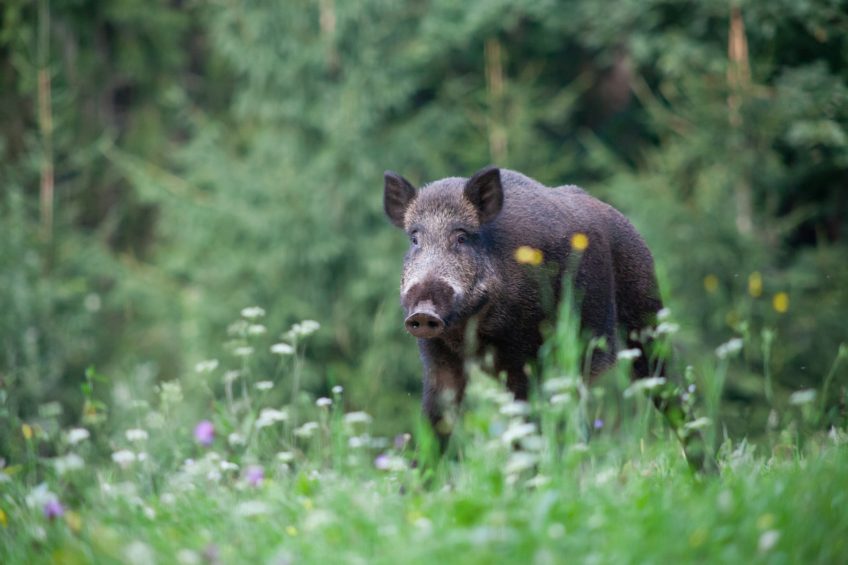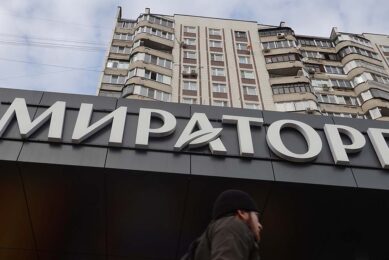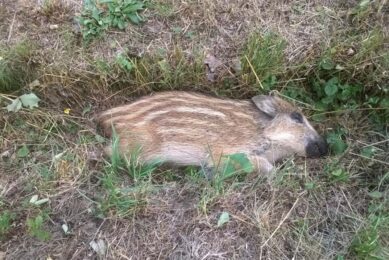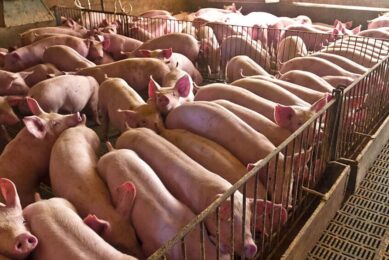African Swine Fever in Belgium? Don’t panic!

As Spain fought hard in the 1980s and 1990s to eradicate African Swine Fever, the country has always had a research focus on the virus. With ASF being top of mind once more, it is time to listen to the reaction of Spanish ASF expert Fernando Rodríguez.
Just a few weeks ago we received the sad news of the 1st declared case of African Swine Fever in the South of Belgium. The virus causing this disease, African Swine Fever virus (ASFv), was diagnosed in 2 wild boar.
In the absence of new data, everything is speculation. A plausible explanation for the origin of these infections would be the direct infection of these animals by products contaminated with the virus from infected areas (‘again man is to blame’). Any other explanation would open rather uncomfortable questions to answer.
Vivid memories of what ASF can do
All those over the age of 40 have more or less vivid memories of what the scourge of the ASF meant for our country, Spain. It was a disease that we were only able to contain after 40 years of drowsy struggle, leaving a toll that we cannot afford again nowadays.
Just 10 years after having been eradicated from continental Europe, ASFv re-entered Europe through Georgia and since then, we have been unable to stop its progress. Today we find ourselves in front of a sad panorama: The ASFv is endemic in Eastern Europe, it has already been diagnosed in 9 countries of the European Union and recently also in China, where the virus is expanding at a dazzling pace, threatening the number one swine industry of the world.

Read more about ASF and other diseases in the Pig Progress Health Tool
Meanwhile, the ASFv is wide-ranging in sub-Saharan Africa without anyone paying attention and preventing the pork industry from taking off as it should.
Spain’s pig industry has evolved
While it is true that the threat of the ASF is much closer geographically than ever, not all news is bad. The pig sector in Spain has evolved exponentially in recent decades to becoming one of the strongest and most advanced in the world and today, the biosecurity measures implemented on our farms are undoubtedly our best ally against the ASFv.

What does Spain’s pig industry look like?
I recently had the privilege of sharing a round table on ASF with Dr Klaus Depner in the context of the congress of European Symposium on Porcine Health Management (ESPHM) 2018, recently held in Barcelona and organised by IRTA-CReSA. The title of his talk, ‘Is the ASF a disease caused by man?’ summarised his findings very well.

What happened at the ESPHM 2018? Read the report
ASF: Not always highly contagious
Contrary to the general belief, ASF is not always a highly contagious disease, especially when compared to Classical Swine Fever or Foot-and-Mouth Disease, whose viruses are transmitted much more easily. To be transmitted, the ASFv needs direct contact, corroborated by evidence in our own CReSA facilities. Transmission through air, for example, is much less efficient than for the other 2 previously cited viruses.
Biosecurity is more necessary than ever
So the best we can do today is to make sure our animals are not in contact with possible contaminated material. The biosecurity concept, which has sometimes not been taken too seriously, is more necessary than ever. If you have to change clothes 17 times and use 80 pairs of gloves a day, do not hesitate to do so and if you have questions, go to the competent authorities. We can always contribute our granite sand and advise you in what is in our hands.
All latest developments on ASF – including interactive outbreak maps – can be found at a special ASF page
Finally, a last bit of hope. It is true that today there is no vaccine, but if someone tells you that it is impossible to obtain it, do not believe them. It is possible, and hopefully rather soon.
Vaccine development takes time
What I ask from here is that we always keep in mind that there is no vaccine (and I do not speak only about ASFv) without investigation and that there is no development that can be done in 2 days. Let’s join our efforts so that in the future, the phrase “to prevent is to cure”, becomes a reality.
You can visit the Slaughter Support Network Blog, the SESC Case Archive, to familiarise yourself with images of the most typical ASF and CSF lesions.
This Expert Opinion was first published on the website of the Catalan research institute CReSA. With permission, an edited version was re-published here.
Join 18,000+ subscribers
Subscribe to our newsletter to stay updated about all the need-to-know content in the pigsector, three times a week. Beheer
Beheer










 WP Admin
WP Admin  Bewerk bericht
Bewerk bericht